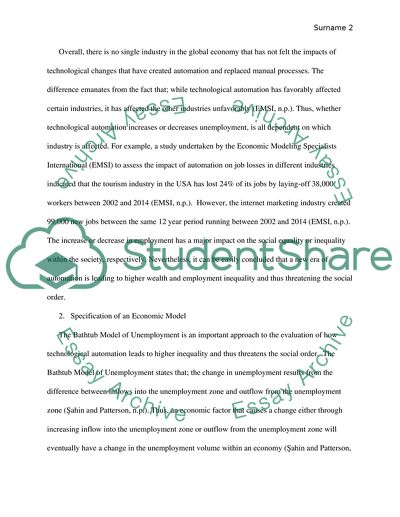Cite this document
(“Assess the argument that a new era of automation is leading to higher Term Paper”, n.d.)
Retrieved from https://studentshare.org/macro-microeconomics/1668753-assess-the-argument-that-a-new-era-of-automation-is-leading-to-higher-inequality-and-threatening-the-social-order
Retrieved from https://studentshare.org/macro-microeconomics/1668753-assess-the-argument-that-a-new-era-of-automation-is-leading-to-higher-inequality-and-threatening-the-social-order
(Assess the Argument That a New Era of Automation Is Leading to Higher Term Paper)
https://studentshare.org/macro-microeconomics/1668753-assess-the-argument-that-a-new-era-of-automation-is-leading-to-higher-inequality-and-threatening-the-social-order.
https://studentshare.org/macro-microeconomics/1668753-assess-the-argument-that-a-new-era-of-automation-is-leading-to-higher-inequality-and-threatening-the-social-order.
“Assess the Argument That a New Era of Automation Is Leading to Higher Term Paper”, n.d. https://studentshare.org/macro-microeconomics/1668753-assess-the-argument-that-a-new-era-of-automation-is-leading-to-higher-inequality-and-threatening-the-social-order.


